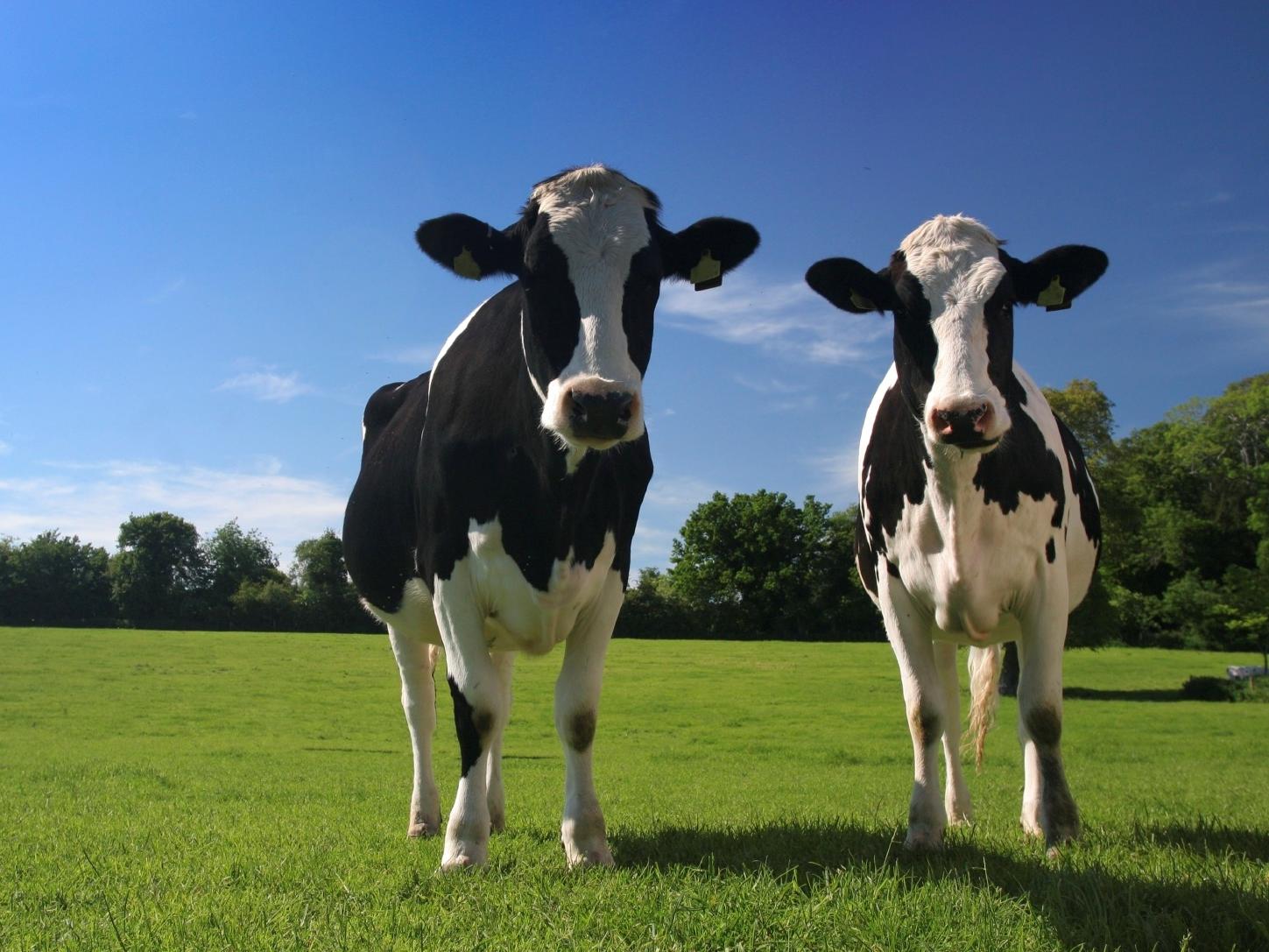Regenerative Farming Trailblazers: How Reintegrating Livestock and Restoring Soils Can Lead to More Resilient Farms
Author: Marcia DeLonge | Published: March 29, 2018
Across the United States, more farmers are finding that practices that have worked in the past are no longer cutting it. Persistent low prices for common crops (especially corn) paired with high production costs (for example, expensive equipment and fertilizers) have made it hard to stay afloat. At the same time agriculture has also moved increasingly toward systems dominated by a few annual crops—typically corn and soybeans—often with fields left bare between growing seasons. This trend has degraded core resources like soil and water, endangering the long-term viability of many farms.
Faced with growing pressures, some farmers are exploring their options, including testing regenerative farming practices that can rebuild soil health, conserve water, improve water quality, and more. For example, farmers are diversifying their crops and animals, implementing more complex crop rotations, and protecting soil year-round by using cover crops. Such changes come with both challenges and opportunities.

